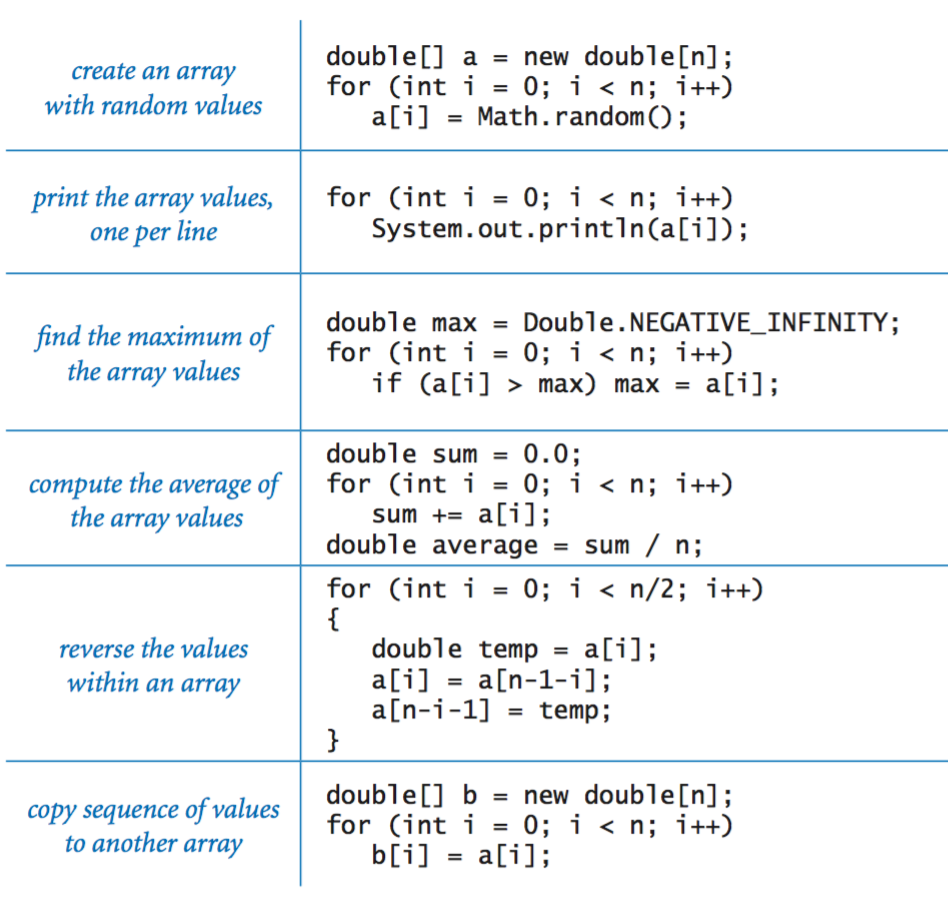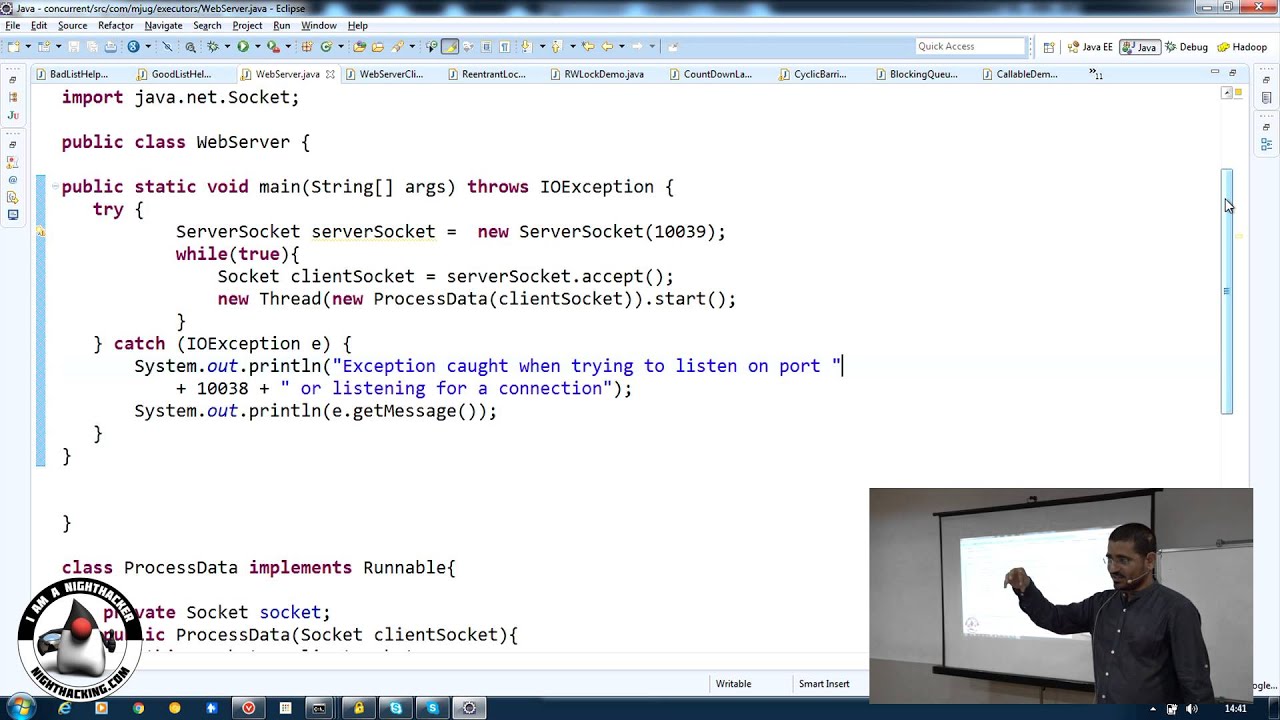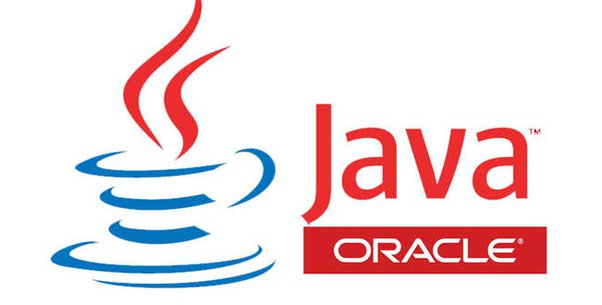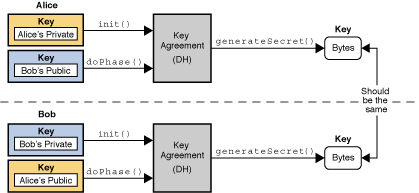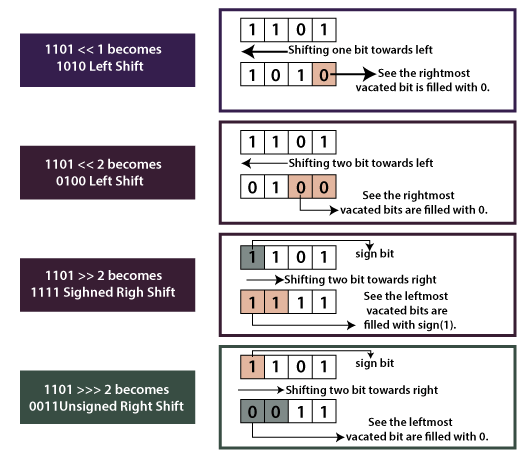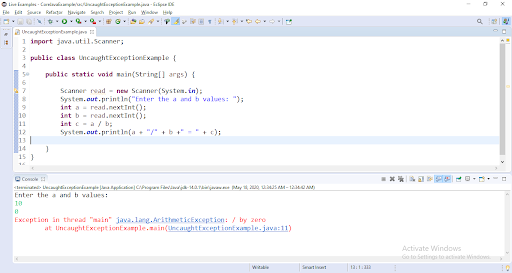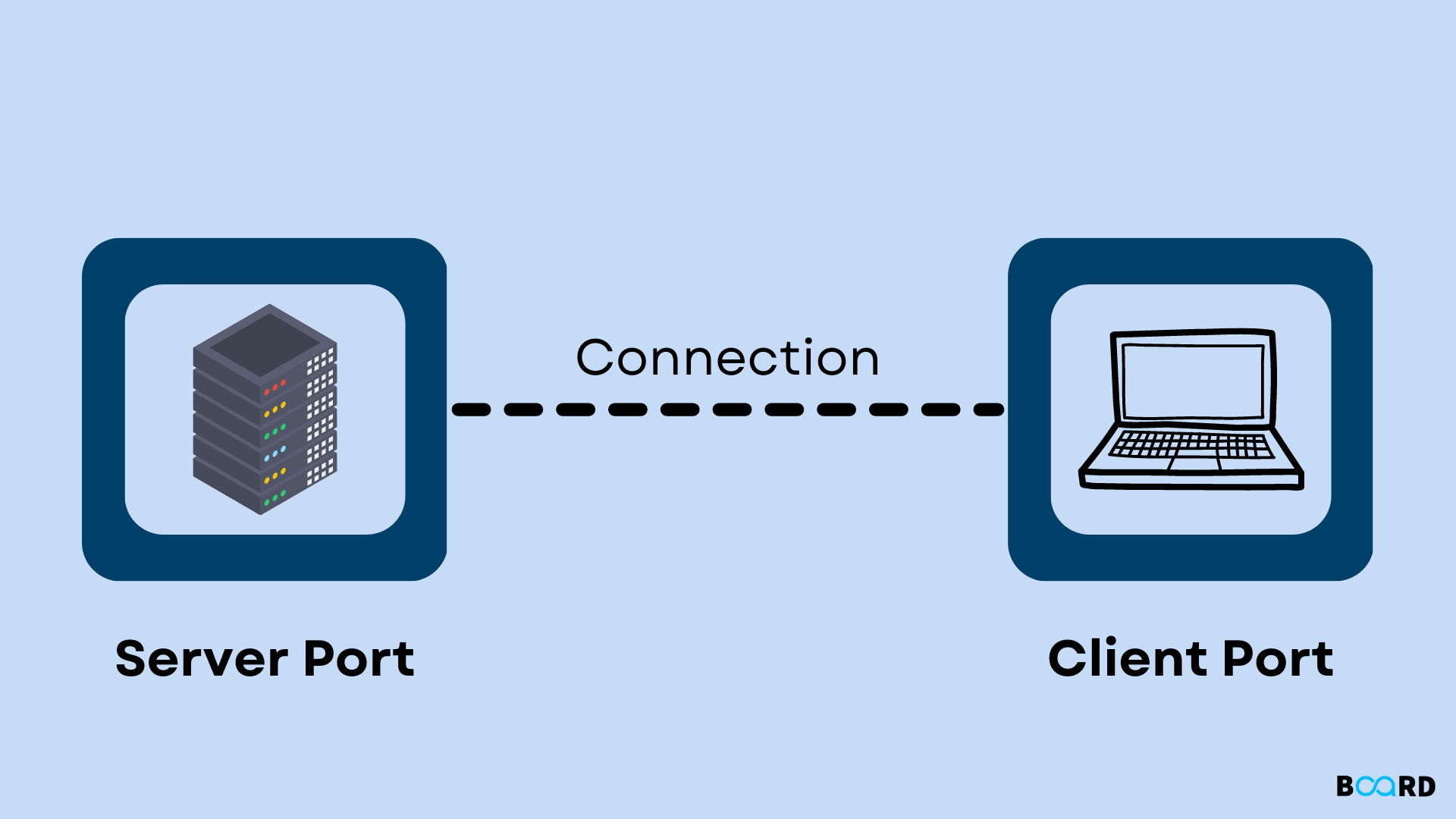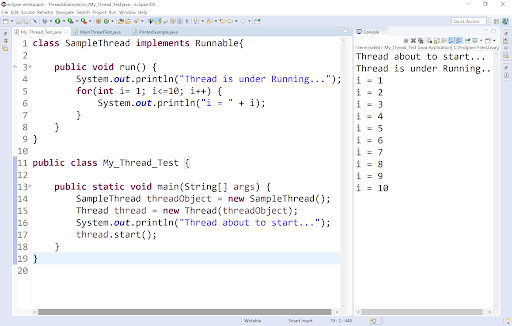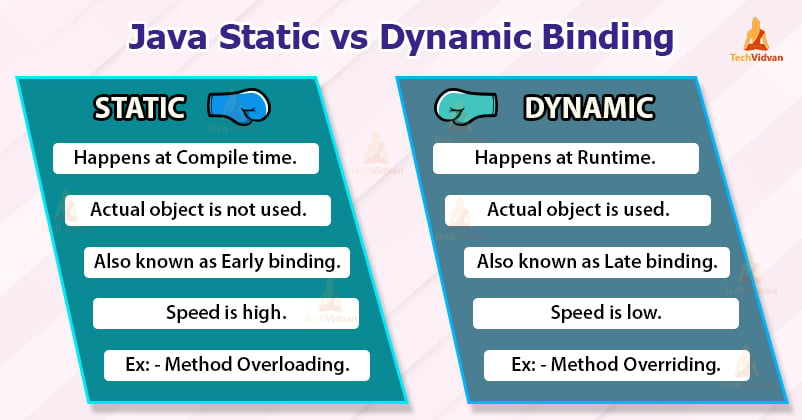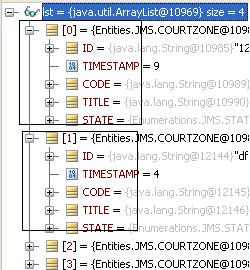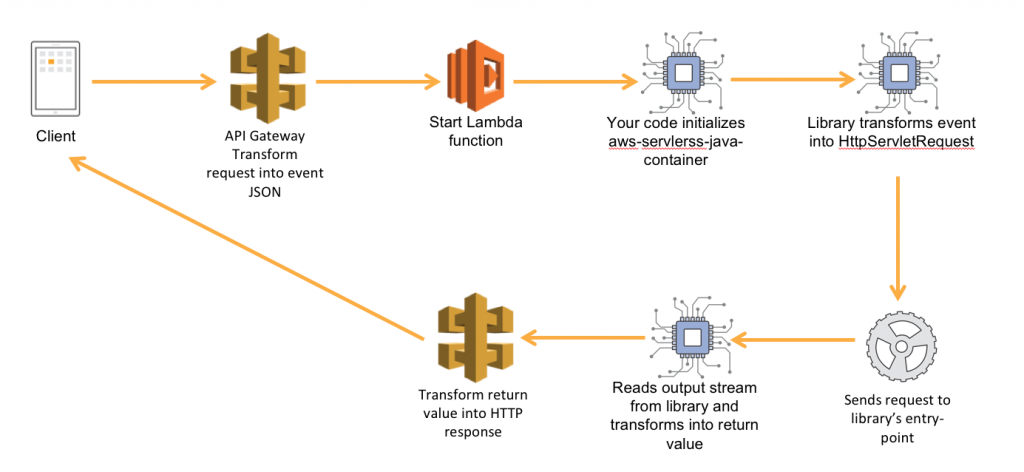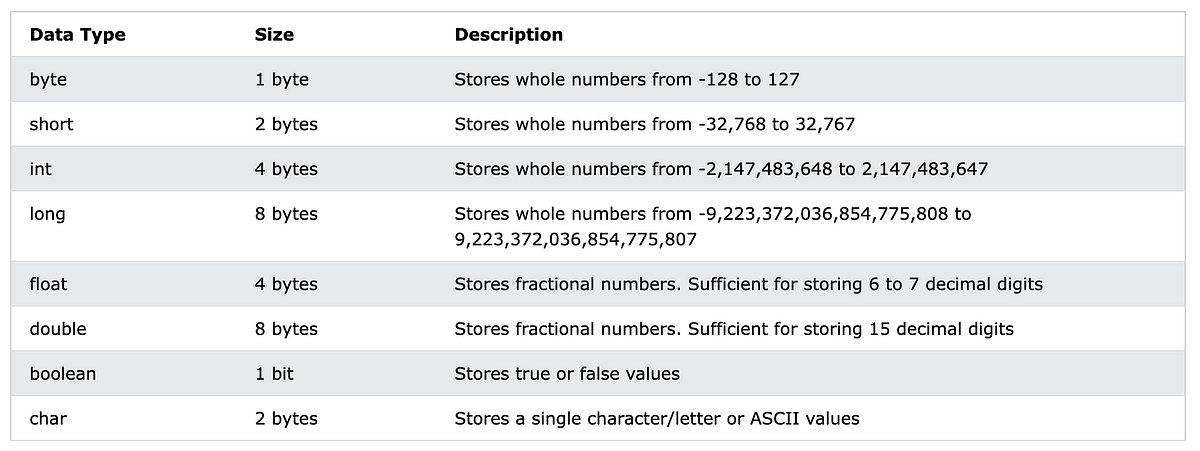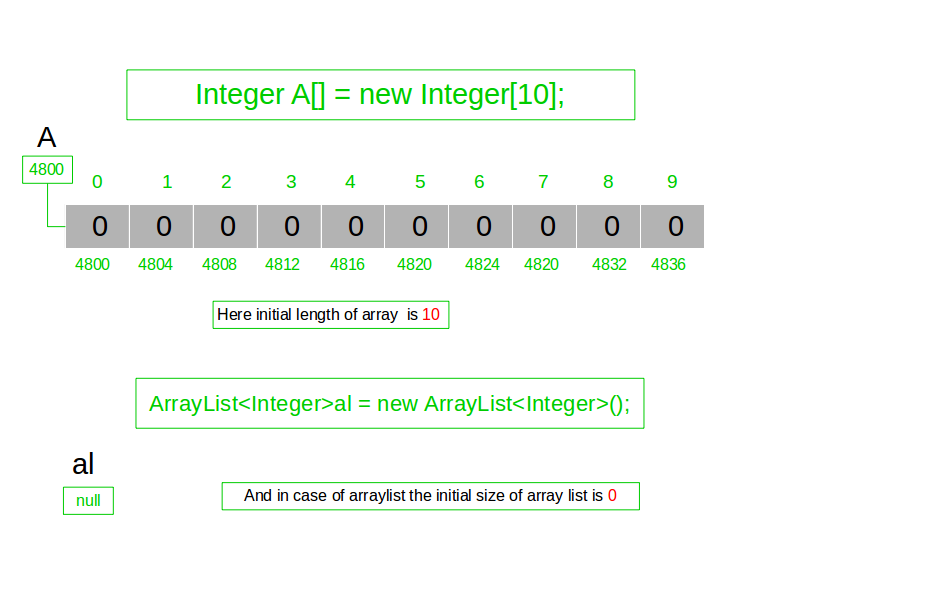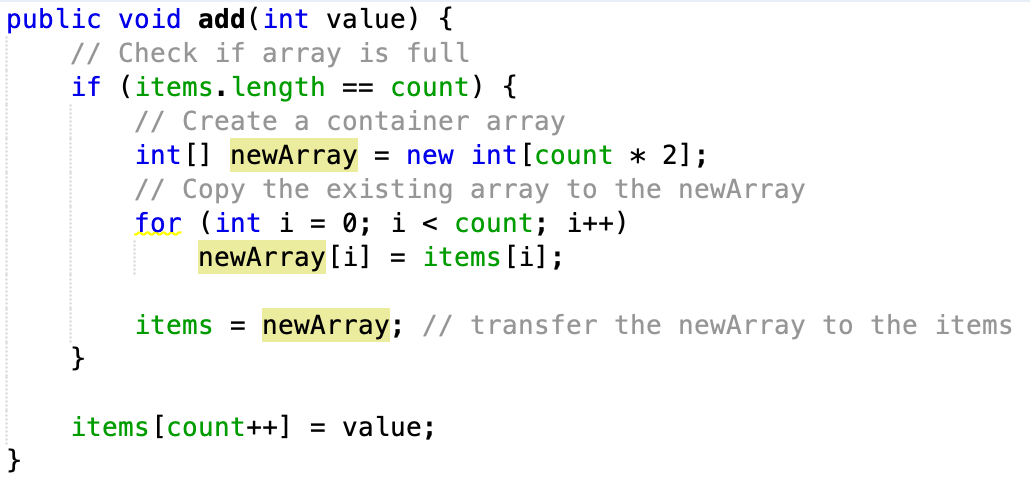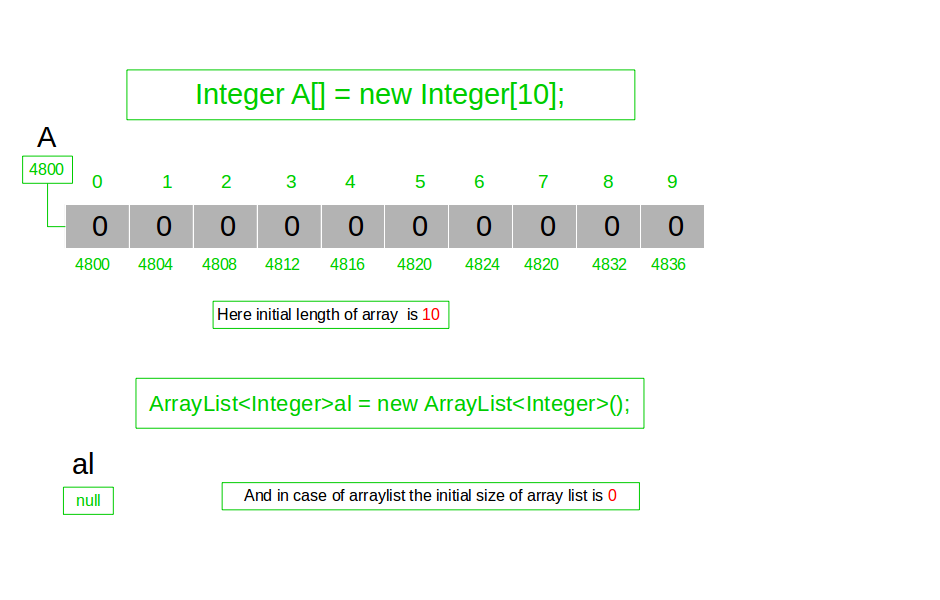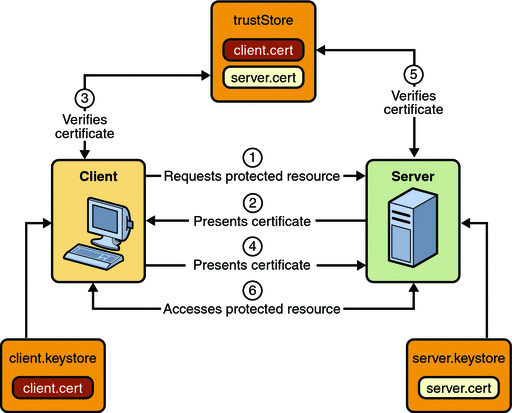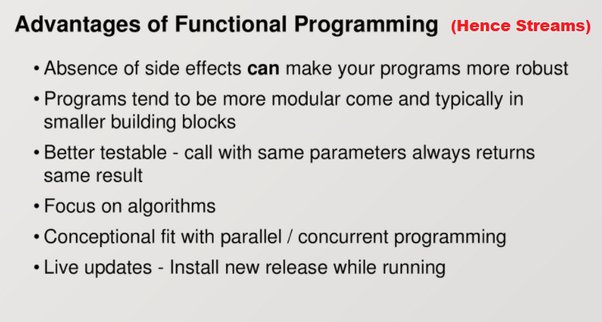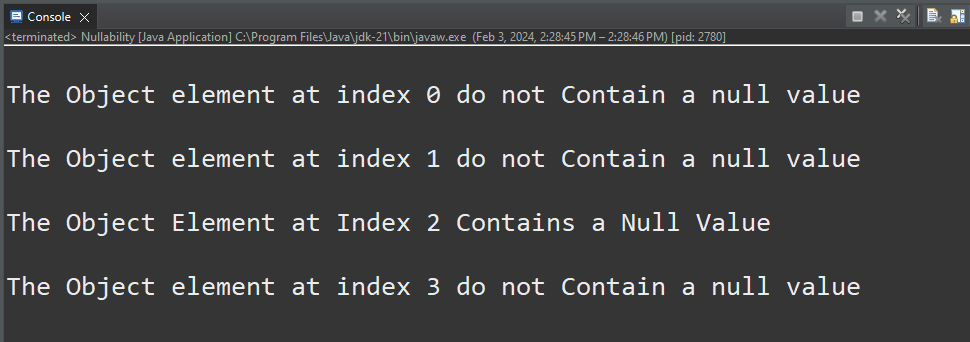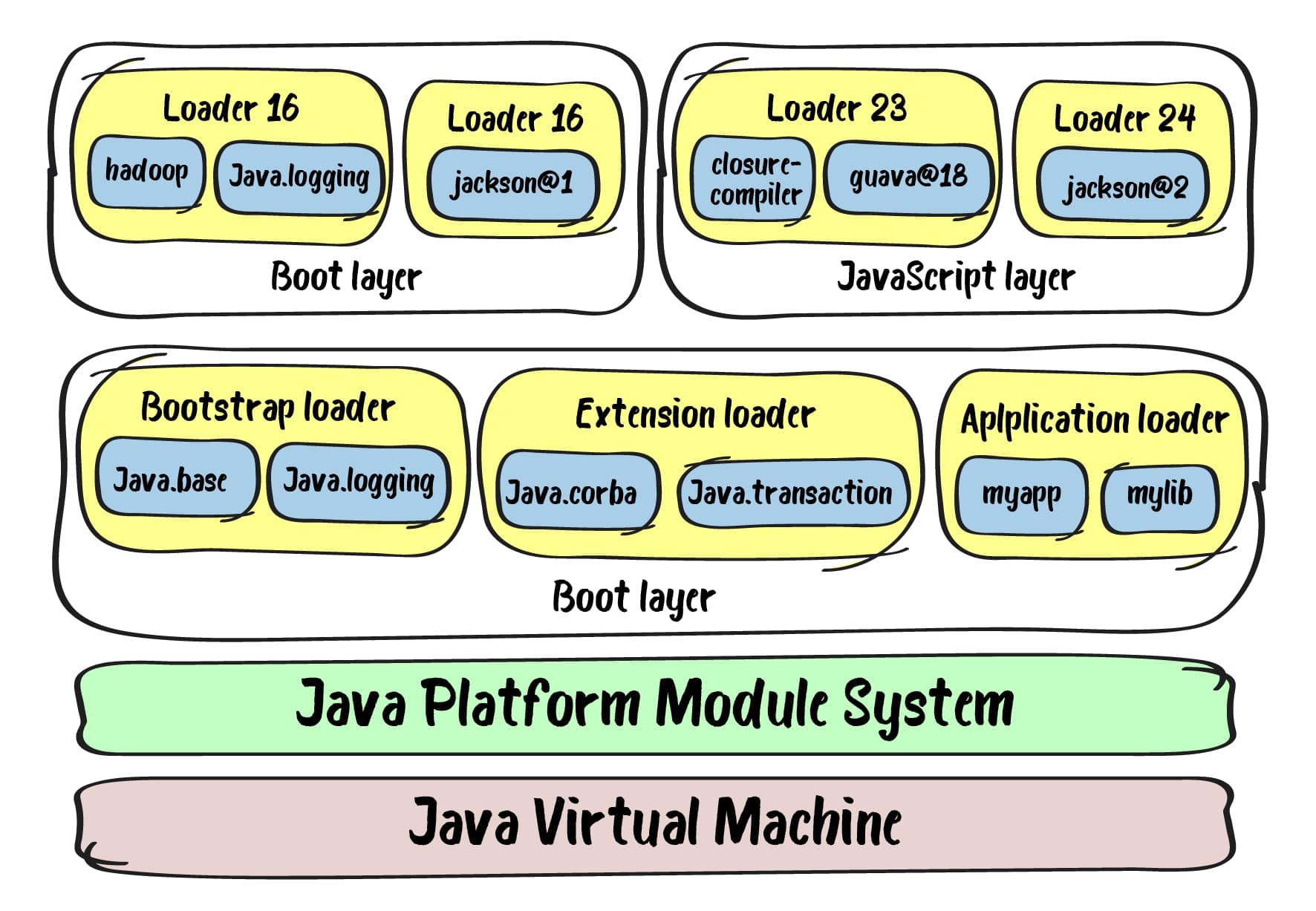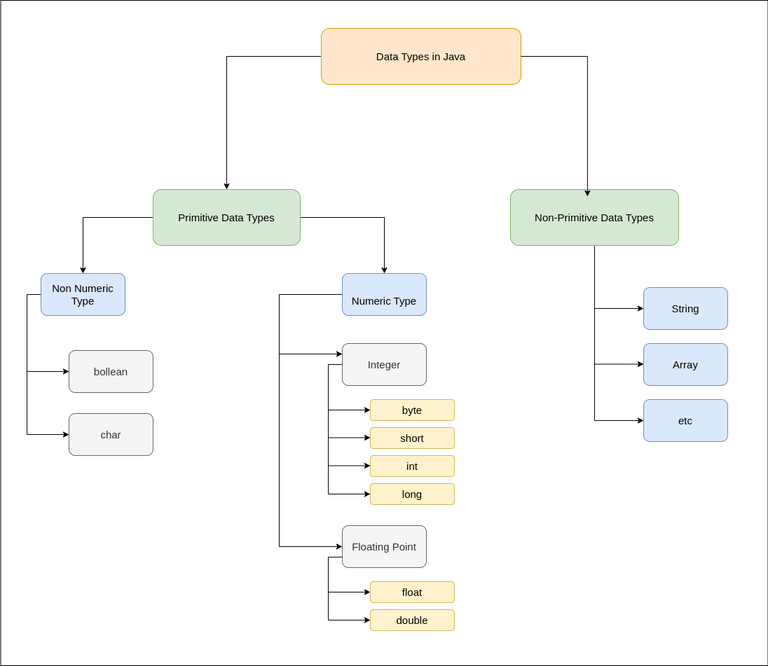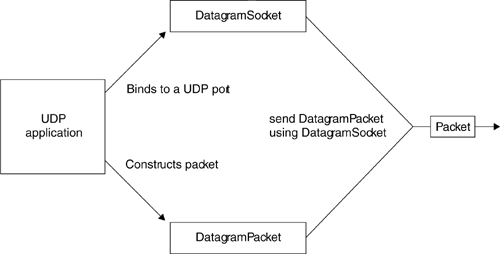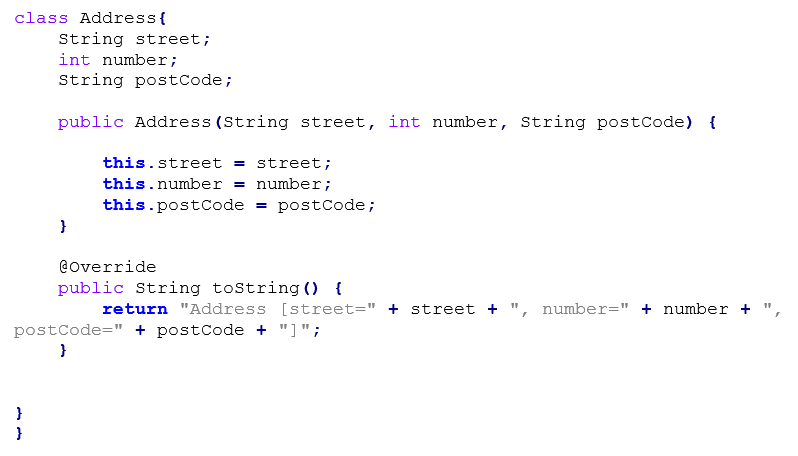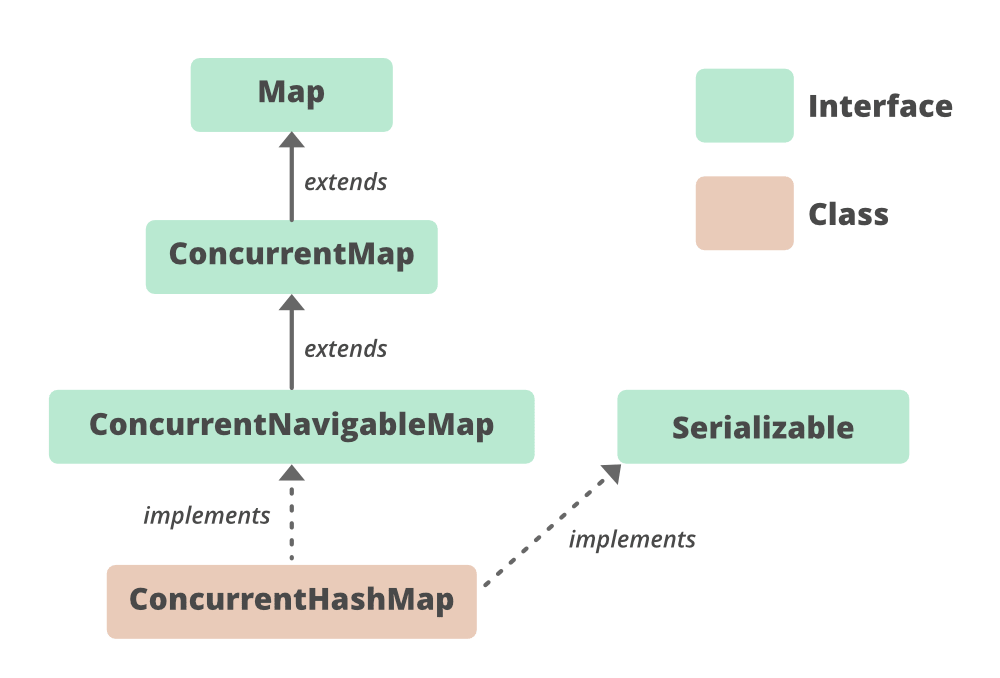Java newSingleThreadExecutor
Java newSingleThreadExecutor
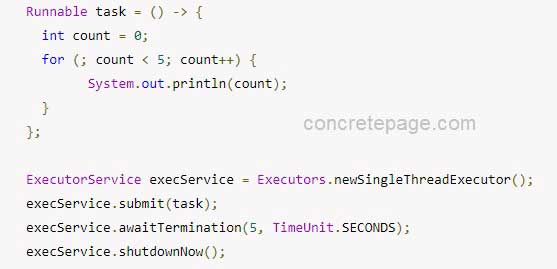
Java's Executor Framework provides a way to execute tasks concurrently and asynchronously using various types of executors. One such type is the SingleThreadExecutor, which as its name suggests, executes tasks on a single thread.
A SingleThreadExecutor is a subclass of the Executor interface and implements the ExecutorService interface. It is designed to be used in scenarios where you need to execute tasks sequentially, one at a time, without any concurrency. This can be useful in situations where you want to ensure that tasks are executed in a specific order or when you don't want concurrent execution.
Here's how to use it:
import java.util.concurrent.ExecutorService;
import java.util.concurrent.Executors;
public class SingleThreadExecutorExample {
public static void main(String[] args) {
// Create an executor service with a single thread
ExecutorService executor = Executors.newSingleThreadExecutor();
// Submit tasks for execution
executor.submit(new Task1());
executor.submit(new Task2());
executor.submit(new Task3());
// Shutdown the executor
executor.shutdown();
}
}
class Task implements Runnable {
public void run() {
System.out.println("Task is running...");
}
}
In this example, we create a SingleThreadExecutor using the Executors.newSingleThreadExecutor() method. Then, we submit three tasks (represented by the Task class) for execution using the submit() method of the executor.
Note that because it's a single-threaded executor, the tasks will be executed one after another, sequentially, without any concurrency. This can be useful if you need to ensure that tasks are executed in a specific order or if you don't want concurrent execution.
Here are some key benefits of using SingleThreadExecutor:
Sequential execution: Tasks are executed one at a time, ensuring sequential execution. No concurrency: There is no concurrency between tasks, which can be useful in certain scenarios where you need to ensure exclusive access to shared resources or state. Simple to use: The Executor interface and the SingleThreadExecutor implementation are straightforward to use.However, keep in mind that using a SingleThreadExecutor may not provide any benefits if your tasks are CPU-bound (i.e., they consume significant CPU resources) because all tasks will be executed sequentially, which can lead to poor performance. In such cases, you might consider using other types of executors like the ForkJoinPool or the ThreadPoolExecutor, which can execute tasks concurrently and take advantage of multiple threads.
In conclusion, the SingleThreadExecutor is a simple and easy-to-use class that provides sequential execution of tasks without any concurrency. Its primary use case is when you need to ensure that tasks are executed in a specific order or when you don't want concurrent execution.
ThreadPoolExecutor Java
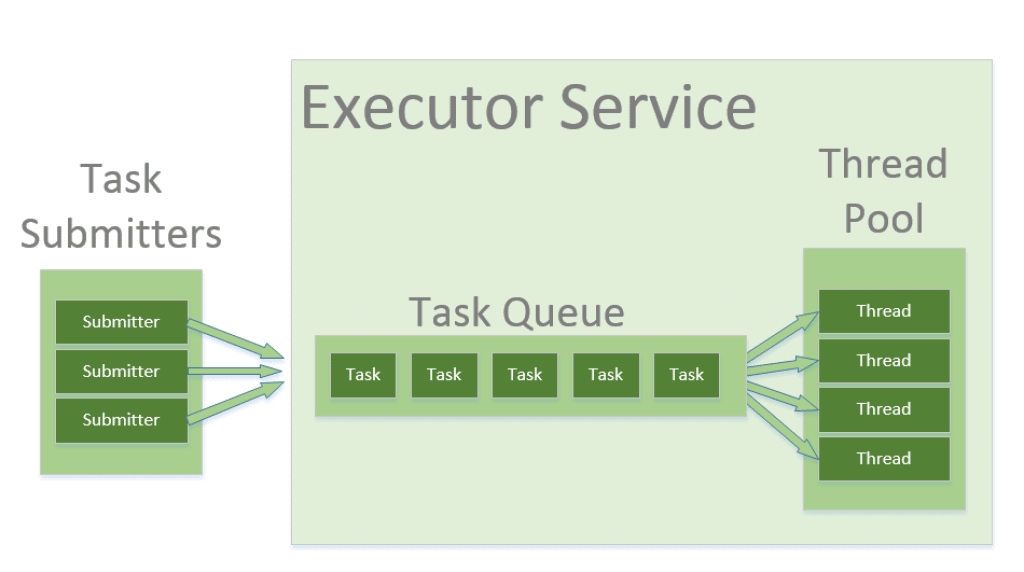
I'm happy to help you with your question!
ThreadPoolExecutor is a core Java class that manages a pool of threads. It's used to execute tasks concurrently, which can improve the performance and responsiveness of an application.
Here's how it works:
Creating a thread pool: You create a ThreadPoolExecutor instance by passing in parameters such as the maximum number of threads, the minimum number of threads, the maximum amount of time a task can run before being interrupted, and more. Submitting tasks: When you want to execute a task concurrently, you submit it to the thread pool using theexecute() method or the submit() method (which returns a Future object). ThreadPoolExecutor manages threads: The ThreadPoolExecutor manages the thread pool by: Creating new threads as needed if the pool is empty. Reusing existing threads when possible. Terminating idle threads after a certain period of time. Task execution: When a task is submitted, the ThreadPoolExecutor executes it in one of two ways: If a thread is available, the task is executed immediately. If no threads are available, the task is added to a queue and will be executed when a thread becomes available.
Some key features of ThreadPoolExecutor include:
Core vs maximum pool size: ThecorePoolSize parameter determines the minimum number of threads maintained in the pool. The maximumPoolSize parameter determines the maximum number of threads allowed. Maximum task time: If a task runs longer than this timeout, it will be interrupted. Queue capacity: The queue is used to store tasks when all threads are busy or the pool size limit has been reached.
Here's an example code snippet that demonstrates using ThreadPoolExecutor:
import java.util.concurrent.BlockingQueue;
import java.util.concurrent.LinkedBlockingQueue;
import java.util.concurrent.ThreadPoolExecutor;
public class Example {
public static void main(String[] args) throws InterruptedException {
// Create a thread pool with 5 threads and 100 queue capacity
int corePoolSize = 5;
int maximumPoolSize = 10;
int maxQueueCapacity = 100;
BlockingQueue queue = new LinkedBlockingQueue<>();
ThreadPoolExecutor executor = new ThreadPoolExecutor(corePoolSize, maximumPoolSize, 0L, TimeUnit.MILLISECONDS, queue);
// Submit a few tasks
for (int i = 0; i < 10; i++) {
Runnable task = () -> System.out.println("Task " + i + " executed");
executor.execute(task);
}
// Shut down the thread pool
executor.shutdown();
}
}
In this example, we create a thread pool with 5 threads and a queue capacity of 100. We then submit 10 tasks to the thread pool using execute(), which will execute them concurrently.
That's it! I hope this helps you understand how ThreadPoolExecutor works in Java.
